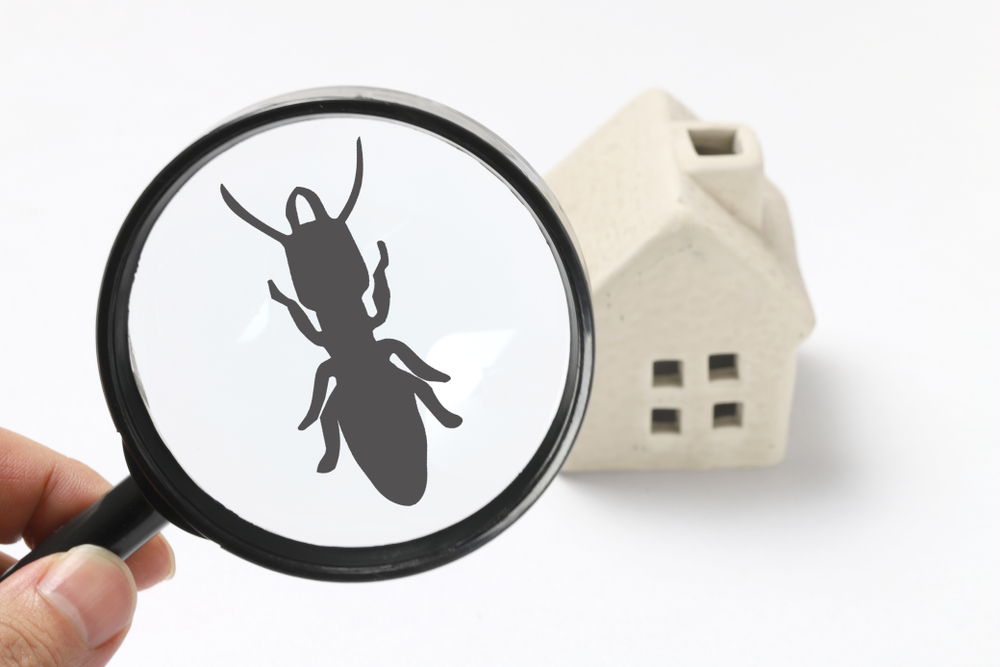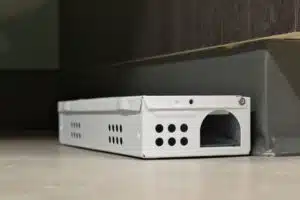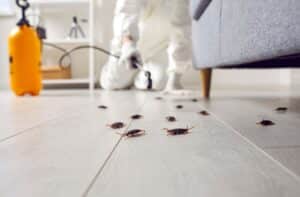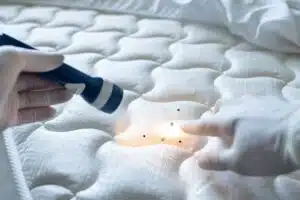There are several themes you’ll be thinking about when considering and negotiating the purchase of a home, and one of these that’s very important for all buyers is ensuring certain pest types are not present in the existing home. One particular pest type that deserves special attention here: Termites, which are some of the most damaging pests out there when it comes to structures and their integrity.
At A-1 Exterminators, not only are we here to provide a robust range of termite treatments and controls services, we even offer termite inspections for some situations where these inspections are legally required, such as for those purchasing a home with a VA loan. Even if you’re not among these buyers who have a legal requirement to order a termite inspection, there’s incredible value in carrying one out. Here’s a primer on the kinds of damage termites can cause if they’re not detected in a home you’re buying, plus why it pays to get a termite inspection and how to go about this.
Termites and Property Damage
When it comes to property damage, termites stand alone in the pest world. They’re known as the “silent” killers because of the damage they can do over time without being detected. In fact, termites are responsible for billions of dollars in damage every year in the United States, and this number is only growing as their populations continue to grow.
What makes termites so dangerous is that they feed on the cellulose in wood, meaning they can literally eat away at the very foundation of your home or other structures on your property. This feeding can weaken these structures and make them more susceptible to collapse, which is why it’s so important to catch termites early and get rid of them before they have a chance to do serious damage.
Another factor that makes termites so difficult to detect is that they often live underground, so you may not see any evidence of them on the property surface. This is where a termite inspection comes in handy; our inspectors will check all potential problem areas, inside and out, to look for any signs of termite activity.
Susceptible Areas
There are a few areas of a given home where termites are most likely to be found, including:
- Slab foundations: These are common in newer homes, and they provide an easy entry point for termites looking to invade.
- Wooden porch posts: These are another potential entry point for termites, so it’s important to keep an eye on them.
- Crawl spaces: These areas are often damp and dark, making them ideal breeding grounds for termites.
- Areas where wood touches dirt: Any place where wooden structures come into contact with the soil is a potential entry point for termites.
Value of a Termite Inspection Before Purchasing a Home
For any prospective buyer of a home, having a termite inspection done is a wise move. It can help you avoid purchasing a home that’s already been damaged by termites, and it can give you peace of mind in knowing that the home you’re buying is free of these pests.
The primary benefit here: If the home has suffered major past termite damage, the type that can be very expensive to repair, the seller is required to disclose this information. If they don’t, and you find out after the purchase that there was past damage, you may be able to take legal action against the seller.
And as we noted above, there are actually many home purchase situations where a termite inspection is a legal requirement. Nearly all VA loans, for instance, or loans that are backed by the government, require a termite inspection. This is because the Department of Veterans Affairs doesn’t want to issue loans for homes that are in danger of being damaged by termites in the future.
What to Expect During Termite Inspection
Here are some basics on termite inspections:
- Different from standard inspections: While standard home inspections look for a variety of potential problems, termite inspectors are focused solely on looking for evidence of these pests. The inspector will be looking for things like termite wings, mud tubes, and damage to wood.
- May require removal of items: In order to get a good look at all potential problem areas, the inspector may need to remove some items from the home, such as flooring or insulation.
- Takes about an hour: A typical termite inspection will take about an hour to complete, though this can vary depending on the size and complexity of the home.
What to Do if Termites Are Discovered
If an inspector does locate evidence of termites in the home, here’s how to proceed:
- Active termite infestation: If the inspector determines that there’s an active termite infestation taking place in the home, your first step as a buyer will be to return to the seller and try to negotiate a repair or treatment plan. If the seller is unwilling to take care of the problem, you may be able to back out of the purchase entirely.
- Past infestation and damage: If there’s evidence of past termite damage, but no active infestation, you’ll need to decide if you’re comfortable proceeding with the purchase. In some cases, the damage may be too extensive for a simple repair and you may want to back out of the purchase. This will also be a situation where the seller will have the chance to remedy certain past issues if they were unaware of them before the inspection took place.
For more on why termite inspections are hugely valuable when purchasing a home, whether or not this is legally required, or to learn about any of our termite inspections or other pest control services, speak to the team at A-1 Exterminators today.



